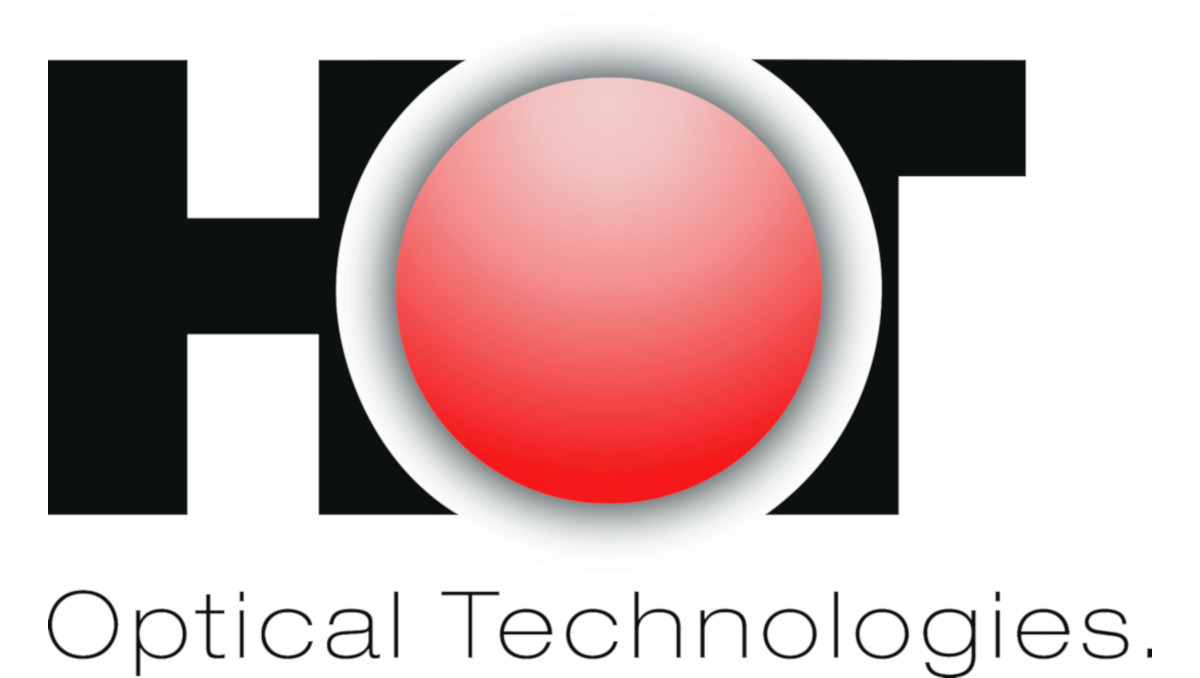
[Text en: Sensorik]
The application areas of fiber-based optical sensors are diverse and have been significantly expanded in recent years. The main reason for this is the significant advantages of optical and in particular fiber-based sensors compared to other sensor concepts, i.e. their insensitivity to electromagnetic interference and environmental influences as well as the multiplexing capability. At HOT, we are developing novel fiber-optic sensors for applications in geothermal, life sciences and structural health monitoring, for example. For this purpose, we increasingly use not only conventional glass fiber materials but also functionalized and microstructured materials as well as polymers.
Research Projects
-
geboLed by: B. RothTeam:Year: 2011
-
InTexLed by: M. WollweberTeam:Year: 2011
-
Active MicroopticsSPP 1337: Active MicroopticsYear: 2011
![]()
-
Investigation of structural health monitoring of C³ elements using fiber optic sensorsC3 - V4.5: Investigation of structural health monitoring of C³ elements using fiber optic sensorsLed by: B. RothTeam:Year: 2016Funding: Federal Ministry of Education and Research (BMBF)
![]()
-
Smartphone based optical point of care testsLed by: K. Bremer, B. RothTeam:Year: 2017Funding: Bundesministerium für Wirtschaft und Energie (BMWi) und Europäischer Sozialfond (ESF)
![]()
Group Leader

30167 Hannover










